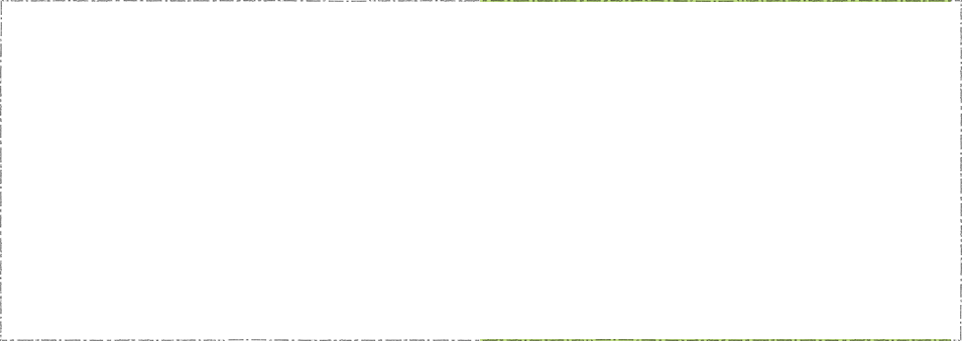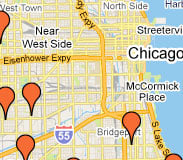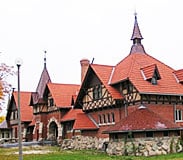In 1869, a small German community named for the scientist and explorer Alexander von Humboldt was annexed to the city of Chicago. The same year, landscape designer and architect William Le Baron Jenney was commissioned to complete a system of West Side parks and boulevards, including a 207-acre park within the community also named Humboldt Park. The development of the West Side parks and boulevard system created an urban oasis, and the communitys location outside the citys fire code jurisdiction made it possible to build inexpensive wood frame housing. However, despite these attractive features, the community did not begin to develop until public transportation became accessible in the early 1900s.
The Humboldt Park community has historically been a magnet for immigrant populations, each bringing their own cultural traditions to the neighborhood and park. The majority of early settlers were German and Scandinavian. In 1920, the community of 65,000 residents had a foreign-born population of 28 percent. The ethnicity of the neighborhood has transformed throughout the years as Italians, Poles, Russian Jews, Puerto Ricans, and recently an increasing number of Mexican-Americans have settled in Humboldt Park. According to census statistics in 2000, a language other than English was spoken in 46 percent of Humboldt Park homes; this is 10.5 percent higher than the statistics for the city of Chicago as a whole. Despite the diversity of ethnic groups that have settled in Humboldt Park, the neighborhood has historically been a temporary home to single immigrant populations striving for upward mobility. Therefore, the transition periods have resulted in numerous ethnic conflicts.
The statues throughout the community memorialize the numerous ethnic groups that have settled in this West Side neighborhood. The Germans left their statues of Alexander von Humboldt and German author Fritz Reuter. The Poles erected a statue of Polish General Thaddeus Kosciuszko, which now sits on Solidarity Drive. In 1901, members of the Scandinavian community dedicated a monument to Norse explorer Leif Erikson. And Division Street proudly displays two 59-foot Puerto Rican flags.
One of Humboldt Parks most famous residents was author L. Frank Baum. Baum wrote his novel The Wonderful Wizard of Oz at his home at 1667 North Humboldt Boulevard. Known as an avid cyclist, Baum spent many hours riding through the emerald greens of the West Side parks. However, most literary and historical scholars believe the inspiration for the Emerald City came not from the lush West Side parks, but from Baums visits to 1893 Worlds Columbian Exposition in Jackson Park.
Humboldt Park has changed considerably since the days Baum cycled up and down the West Side boulevards. Despite the recent influx of Mexican-Americans, Humboldt Park is still known as the premiere community serving Chicagos Puerto Rican population. The park is home to both the Institute of Puerto Rican Arts and Culture and the Puerto Rican Arts Alliance. Each June more than a million people come to Humboldt Parks Fiestas Puertorriquenas. The weeklong festival of food, music, and dancing coincides with the annual Puerto Rican Parade to celebrate the history and culture of Chicagos Puerto Rican community.







